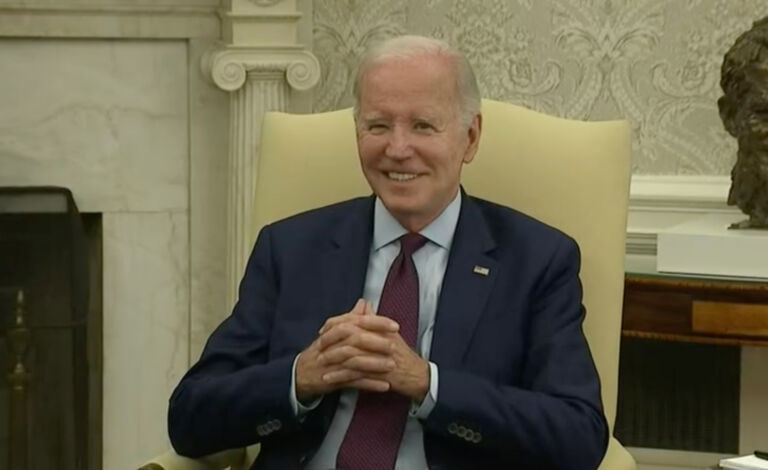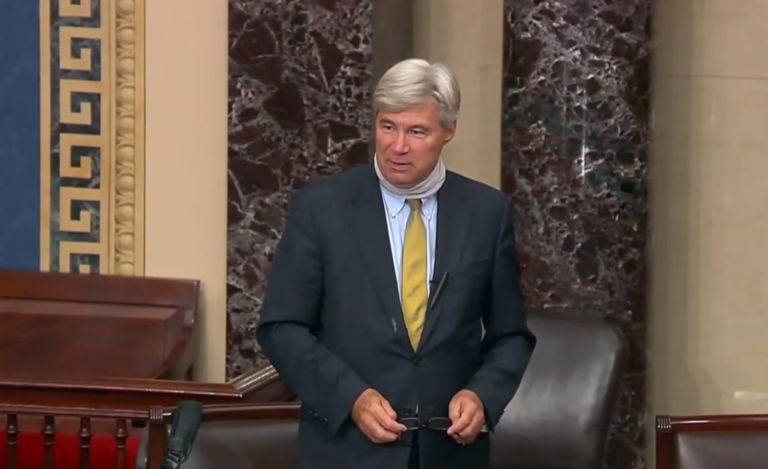Randall Forsyth employs an interesting analogy while describing the latest American economic trends for Barron’s readers.
Habitual watchers of financial cable channels can’t have avoided the endless repetition of advertisements for a 21st-century fountain of youth for middle-aged and older males who comprise the bulk of their viewership. You know the ones, with images of preternaturally ripped septuagenarians showing off their six-pack abs, alongside grainy photos of their naturally paunchy selves before their midlife (or later) crises spurred them to seek this magic potion.
What’s left out of the pitch is that the concoction includes stuff like steroids and human growth hormone, as CBS’s 60 Minutes detailed almost a decade ago in an exposé of the outfit (whose name doesn’t bear repeating, on the notion that any publicity is good publicity), but that evidently has faded from memory. HGH can spur growth of undetected cancer cells, including prostate cancer in men over 50, the broadcast noted. Even so, some of the users of the therapy said they would rather retain the virility artificially derived from these substances, even if it meant a few less years.
Maybe it’s my imagination, but the frequency of these ads seems to be increasing as the stock market decline has gathered pace. As viewers’ portfolios flag, perhaps their physical attributes have done the same. So, there may be increased interest in performance-enhancing substances to cure the latter.
For the markets, there’s an analogous malady. The juice that the Federal Reserve had provided is being withdrawn, and the symptoms of going off the stuff are becoming apparent. The U.S. stock market is off to its worst start of any year on record and the Dow industrials are on track to suffer their worst month since February 2009—just before the ultimate lows in the financial crisis were reached the following month.
The S&P 500 shed another 2.2% last week, putting its price decline at a hair over 8% since the turn of the year. More to the point, in the past three weeks, the big-cap U.S. benchmark is down 8.8%, the worst such span since the three weeks that ended Oct. 24, 2008, in the darkest days of the financial crisis. Even harder-hit has been the Nasdaq Composite, off 11.09% in the past three weeks. That three-week stretch dates to just after the most recent meeting of the Federal Open Market Committee on Dec. 15 and 16.


